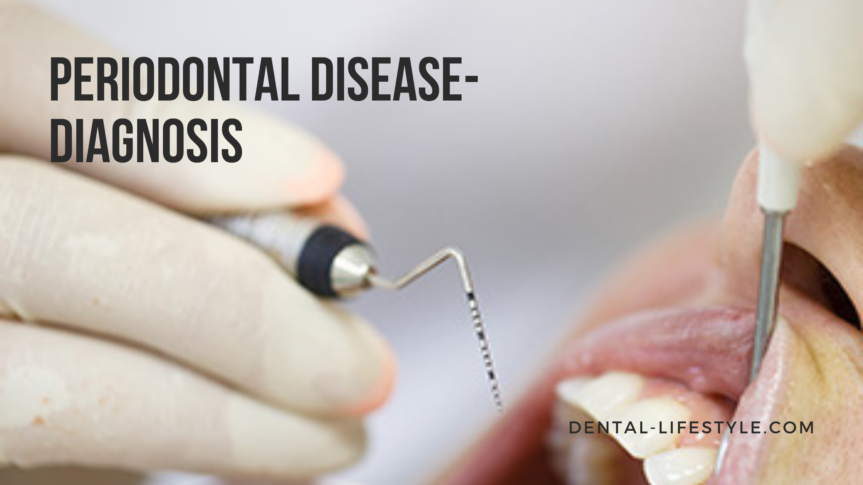Periodontitis and its diagnosis, keep on reading to learn all about it!
what is periodontal disease?
Periodontitis, also generally called gum disease or periodontal disease, begins with bacterial growth in your mouth and may end — if not properly treated — with tooth loss due to the destruction of the tissue that surrounds your teeth.
In the early stage of gingivitis, bacteria in plaque build-up, causing the gums to become inflamed and to easily bleed during tooth brushing. Although the gums may be irritated, the teeth are still firmly planted in their sockets. No irreversible bone or other tissue damage has occurred at this stage.
When gingivitis is left untreated, it can advance to periodontitis. In a person with periodontitis, the inner layer of the gum and bone pull away from the teeth and form pockets. These small spaces between teeth and gums collect debris and can become infected. The body’s immune system fights the bacteria as the plaque spreads and grows below the gum line.
How Does My Dentist Diagnose Gum Disease?
During a dental exam, your dentist typically checks for these things:
- Gum bleeding, swelling, firmness, and pocket depth (the space between the gum and tooth; the larger and deeper the pocket, the more severe the disease)
- Teeth movement and sensitivity and proper teeth alignment
- Your jawbone, to help detect the breakdown of bone surrounding your teeth
Athina Tsiorva


